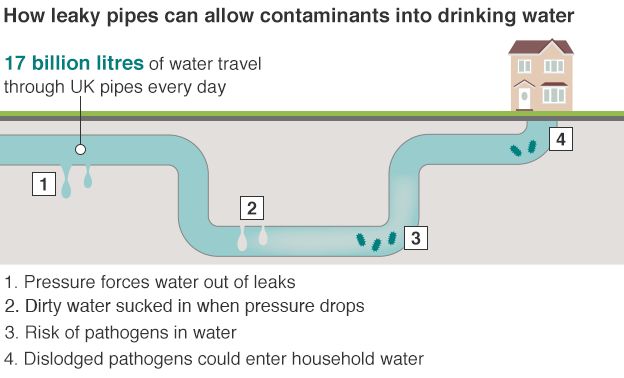Review The Monetary Ramifications And Advantages Of Solar Installation To Determine The Prospective Economic Advantages For Those Interested In This Renewable Resource Endeavor
Review The Monetary Ramifications And Advantages Of Solar Installation To Determine The Prospective Economic Advantages For Those Interested In This Renewable Resource Endeavor
Blog Article
Content By-Martinussen Larsen
When thinking about the costs of solar setup, you may wonder about the ahead of time financial investment needed and whether it lines up with the prospective long-term advantages. Understanding the intricacies of these expenses and the numerous aspects influencing the general return can clarify the worth proposition of transitioning to solar power. By examining both the first configuration costs and the predicted financial savings over time, you can acquire insight into whether the financial investment in solar setup holds assurance for your monetary future.
First Setup Expenses
When considering the expenses of solar installation, the initial configuration expenditures play a crucial role in your decision-making process. These upfront expenses include the rate of photovoltaic panels, inverters, mounting equipment, and installment labor.
The cost of solar panels can differ relying on the brand, performance, and size you choose. Inverters are vital for converting the sun's energy right into functional power and can be found in different kinds such as string inverters, microinverters, and power optimizers, each with its very own price ramifications.
Mounting equipment, such as racks and rails, is required to safely mount photovoltaic panels on your roofing or home.
The installation labor price covers the professional installment of the solar system, making sure that whatever is set up correctly and efficiently. Bear in mind that while these first setup expenses might appear high, there are usually discounts, tax obligation motivations, and financing alternatives readily available to help balance out the prices and make solar installment a lot more economical in the future.
Long-Term Cost Savings Evaluation
To comprehend the economic advantages of solar setup in time, it's vital to perform an extensive long-lasting cost savings evaluation. While the initial arrangement expenses of solar panels may appear daunting, the long-term financial savings can outweigh these costs dramatically. By harnessing the power of the sunlight to create electricity for your home, you can possibly conserve thousands of bucks on your energy costs over the life expectancy of your solar system.
One of the vital variables to take into consideration in a long-term financial savings evaluation is the decrease in your electricity costs. With solar panels, you can create your electricity, minimizing or even eliminating your reliance on the grid. This can lead to substantial savings, particularly as energy rates continue to climb.
Additionally, visit their website offer incentives such as tax obligation credit scores and discounts for installing photovoltaic panels, additionally boosting your long-lasting cost savings. By making the most of these motivations and maximizing your solar energy production, you can take pleasure in substantial financial advantages for years ahead.
Roi Computation
Thinking about the financial benefits of solar setup, it's time to evaluate the Return on Investment (ROI) computation. Establishing the ROI involves comparing the overall prices of setting up a planetary system with the monetary advantages it produces over its life-span.
To compute ROI, separate the net profit from the system by the total financial investment expense and increase by 100 to obtain a portion. The ROI formula is: (Net Revenue/ Total Financial Investment Cost) x 100.
For example, if the total price of installing a solar system is $20,000, and over its life expectancy, it creates cost savings and incomes completing $30,000, the net revenue would be $10,000. Splitting this by the complete financial investment price of $20,000 provides a ratio of 0.5. Multiplying this by 100 gives an ROI of 50%.
Usually, a greater ROI indicates a more financially gratifying investment. https://zanepvcgl.newsbloger.com/30800492/a-beginner-s-overview-to-recognizing-photovoltaic-panel-technology-and-how-it-works like federal government rewards, upkeep costs, and energy price fluctuations can impact the ROI of solar installments. Understanding the ROI assists in assessing whether purchasing solar energy is worth it in the future.
Conclusion
To conclude, understanding the costs of solar installment is essential for identifying if it deserves the financial investment. By thinking about preliminary configuration expenses, performing a long-lasting financial savings analysis, and computing the roi, you can make an educated decision about the financial worth of solar power. With the possibility for reduced energy costs and enhanced power self-reliance, purchasing solar installation can be a smart selection for both your wallet and the atmosphere.
